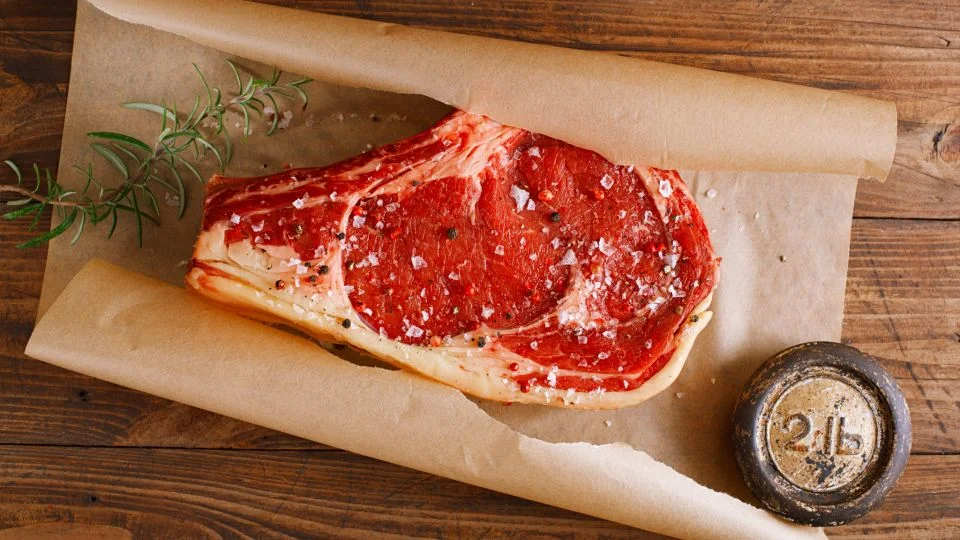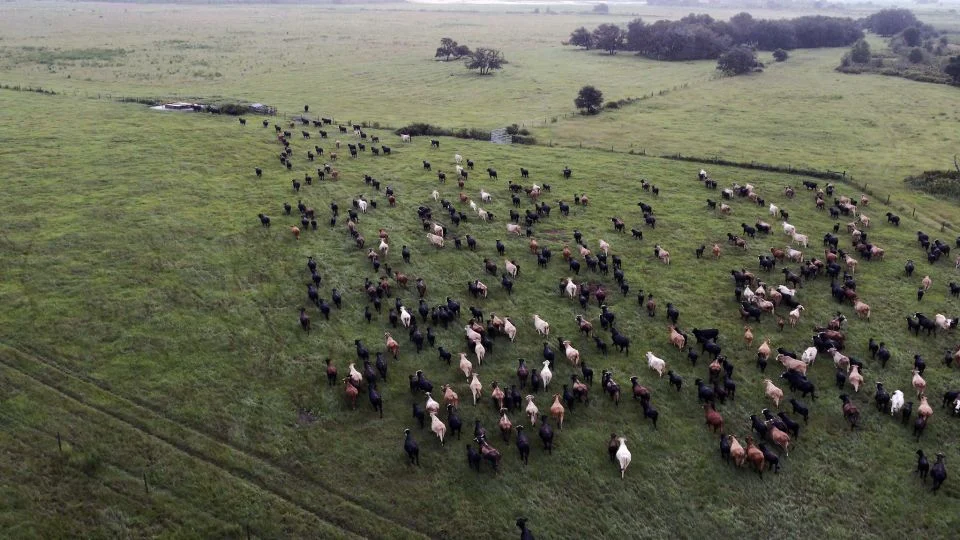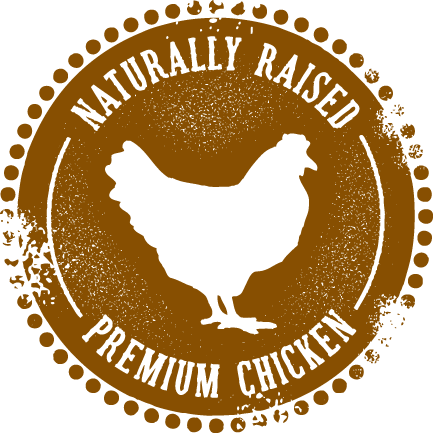Responsible use of animal antibiotics benefits all of us by making food safer and more affordable, but changes to how they are used in livestock animals changed in 2017. Learn more about antibiotic use in animals and what that means for our food supply.
Read More“Beef is a high-quality protein powerhouse providing a unique combination of bioavailable iron, zinc and B vitamins essential to building and maintaining strength from infancy through our later years,” said Shalene McNeill, PhD, RD, NCBA Executive Director of Nutrition Research.
Read MoreProviding safe, wholesome food is our most important responsibility. Ensuring pork food safety is a complex undertaking that requires awareness of the role that everyone plays in the food chain. On the farm, many factors can affect the safety of pork, which is why today’s farming operations employ a wide variety of technology and techniques to minimize food safety threats.
Read MoreYou’ve likely seen various labels showing that beef is “natural” or “grass fed.” But what do these labels mean? All cattle spend a majority of their lives eating grass on pastures.
Read MoreEveryone plays an important role in beef safety – from the cattlemen and women who continually invest in and learn from beef safety research studies to the various government entities that are responsible for enacting and overseeing food safety regulations and inspections.
Read MoreRaising healthy chickens is important to us, and we recognize that consumers want to better understand how their food is raised.
Read MoreConsumers often get mixed messages regarding some food industry terms. Some of these terms may appear on chicken labels. Here are the facts to help clear up any definition confusion.
Read MoreChicken nuggets are in fact typically made of the same meat that you see in the supermarket, that is, broiler meat.
Read More








